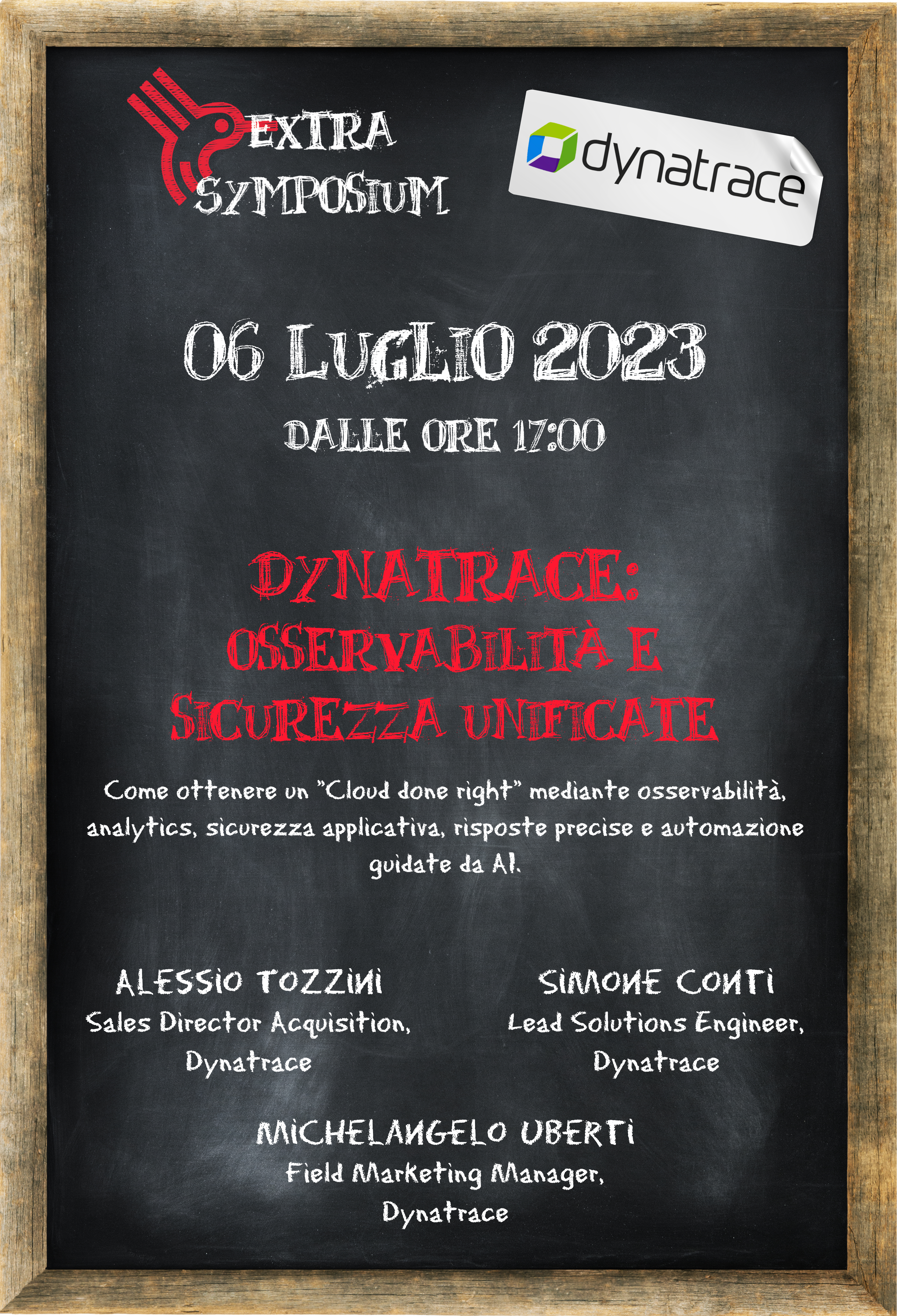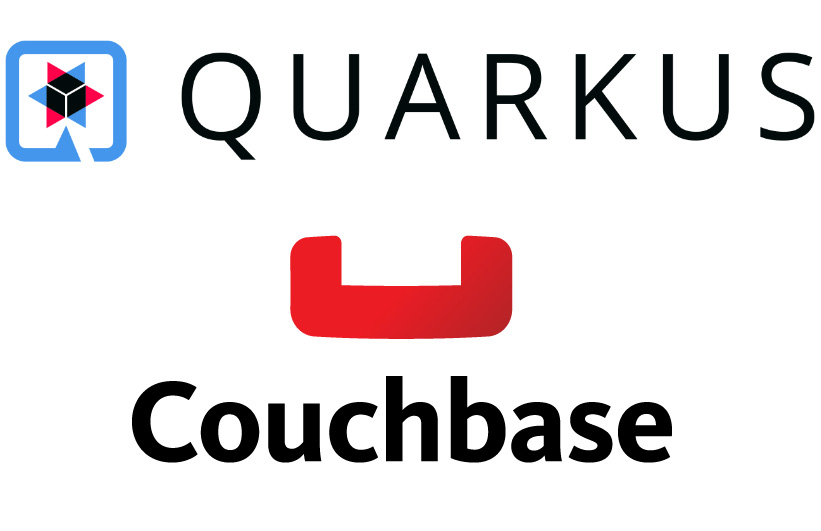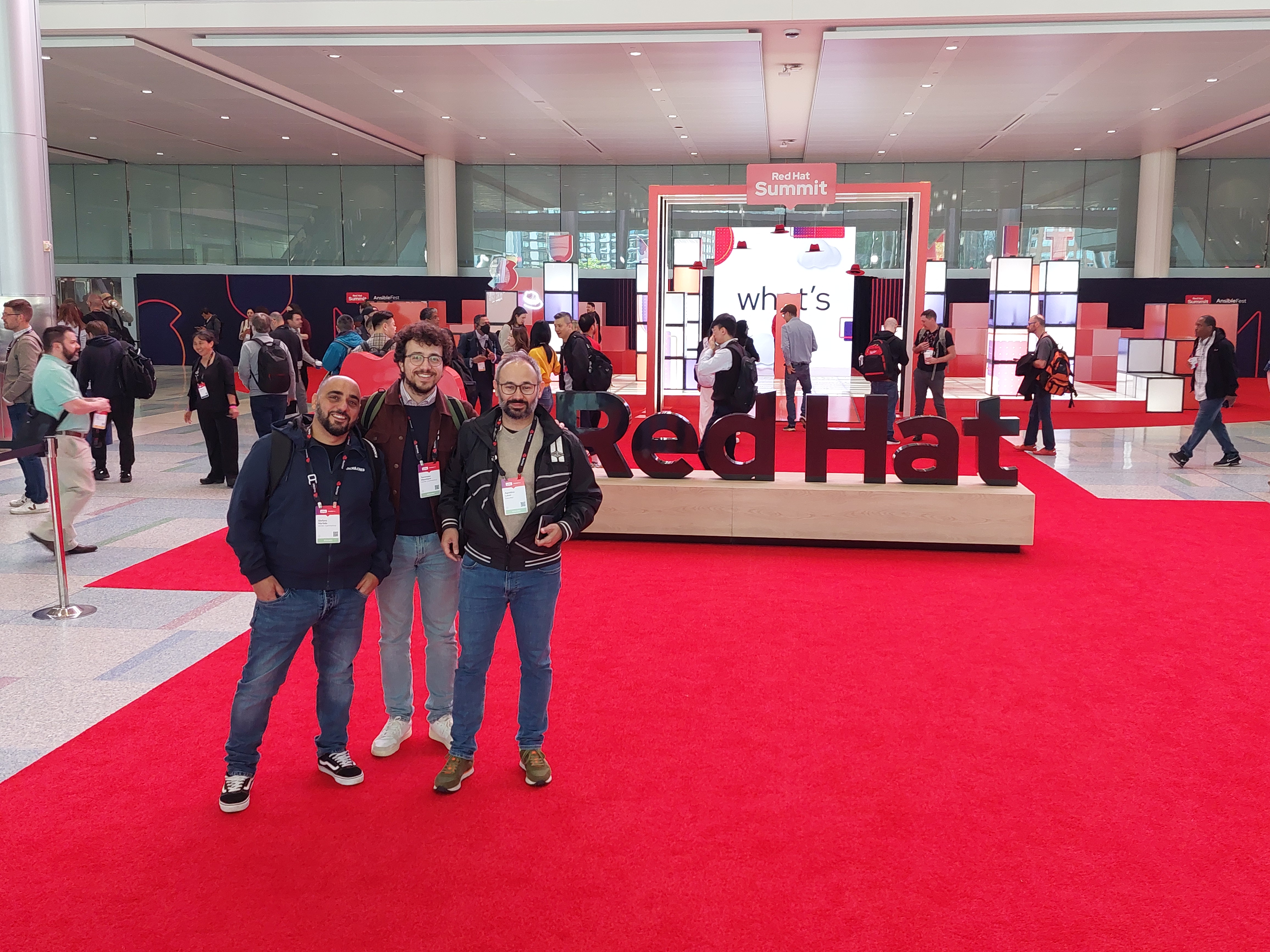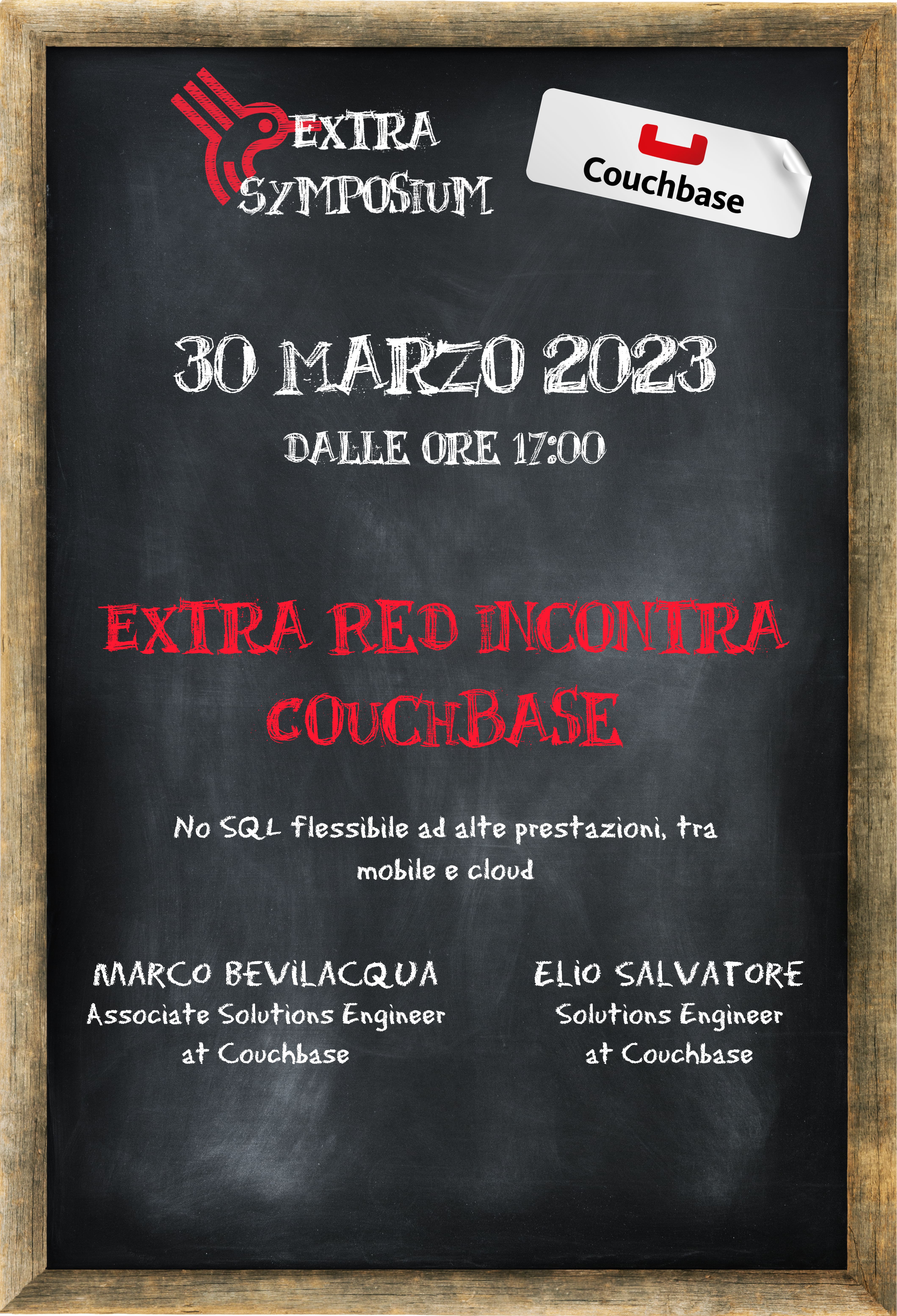What is meant by automation and orchestration in cloud computing?
CLOUD & DEVOPS
What is meant by automation and orchestration in cloud computing?

Automation and orchestration are valuable technologies and processes when it comes to cloud computing, but there is not always clarity on what they are and what advantages they offer. Although the two terms are often associated, IT teams should have a clear understanding of each of them and their relationship. Let's discover them together!
What is cloud automation?
Cloud automation refers to the implementation and management actions that IT teams can perform without the need for human interaction.
There is a long list of processes and activities that teams can automate in cloud computing. Three common scenarios include:
- Server provisioning automation to meet scalability needs.
- Detection and termination of zombie instances and cloud processes.
- Regular data backup execution.
Cloud automation allows businesses to save time and money when configuring and managing applications in the public cloud. The general concept of cloud computing is to simplify traditional IT deployment and management tasks, and without automation, the cloud would not be as significant. Without cloud automation, provisioning would be reduced to a manual process, and managing all resources would become cumbersome.
In addition to basic resource allocation, automation software handles routing and networking, sets up virtual private networks, manages policies and permissions, balances loads, and scales automatically. Some solutions go a step further by automating the entire system, freeing IT departments from the burden of custom deployments and empowering individual business units to request and deploy their own resources.
What is cloud orchestration?
Cloud orchestration is closely related to cloud automation as it organizes, sequences, and coordinates automated activities. If we were to give a hierarchical structure to these processes, cloud orchestration would be the main process in which automated activities are inserted according to specific sequences, at specific times, for specific purposes.
The orchestration process comes into play when these activities need to be executed in a particular order with specific security groups/tools, role assignments, and permissions. Orchestration tools rely on automation to create processes that organize individual activities and can be native to the IaaS platform or third-party software tools.
Many IT organizations or those using DevOps are interested in cloud orchestration for its ability to accelerate service delivery and reduce costs. Orchestration automates the management, coordination, and organization of complex computer systems, services, and middleware. In addition to reducing staff involvement, it helps eliminate potential errors in provisioning, scalability, or other cloud processes.
Tools for cloud automation and orchestration
To summarize, cloud automation refers to the individual activities that need to be performed, while cloud orchestration describes the organization and coordination of automated activities, resulting in a consolidated process or workflow.
But what tools can businesses use to outline these processes?
RED HAT ANSIBLE FOR CLOUD AUTOMATION
In a complex IT environment, even the smallest tasks can take an eternity. Sprawling systems are difficult to develop, deploy, and maintain. Business requirements add complexity, and IT teams struggle with management, availability, and costs.
Ansible is a simple IT automation technology that can improve processes, migrate applications for better optimization, and provide a unified language for DevOps practices throughout the organization.
HEAT FOR CLOUD ORCHESTRATION
Heat is the main project of the OpenStack Orchestration program. It implements an orchestration engine to launch multiple composite cloud applications based on models in the form of text files that can be treated as code. Native Heat is being developed, but Heat also strives to provide compatibility with the AWS CloudFormation template format, so many existing CloudFormation templates can be launched on OpenStack. Heat provides both a native OpenStack ReST API and a CloudFormation-compatible Query API.
Learn how to create your cloud infrastructure!
article Download the ebook! (in Italian)
other articles on the topic

Extra Red at the Red Hat Summit: Connect 2025 Rome

Extra Red was a key player at the "It's All CIO & Technology conference"

Extra Red at the ICT Days of the University of Pisa

Dynatrace: Unified Observability and Security

Red Hat Summit 2023 Boston

Red Hat Advanced Cluster Management

Quarkus & Couchbase: a simple REST example










